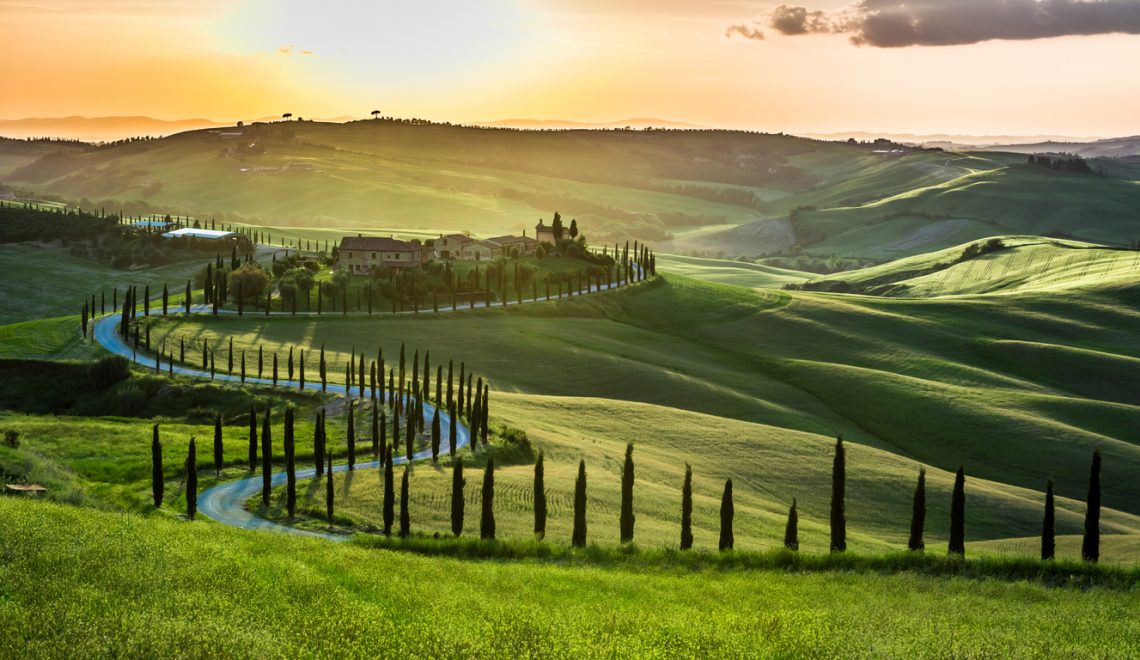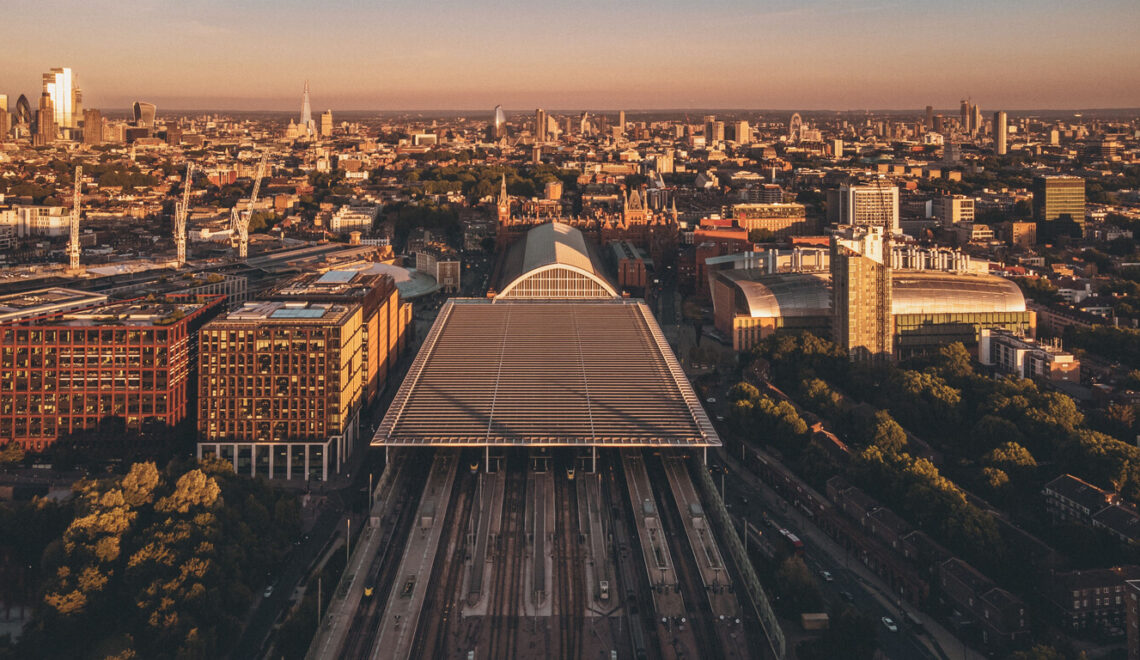
The Rome ghetto is a fascinating place: follow us on a journey through the history, monuments and restaurants of the Rome’s Jewish Quarter.
Did you ever visit the Roman Ghetto? Among the Capital’s multitude of incredible wonders, this neighborhood is often overlooked. Yet, as you will discover, it represents one of the city’s most beautiful and fascinating treasures, with its sometimes deeply dramatic history and its most modern soul, which still proudly proclaims its identity.
If for your next visit to the Eternal City, you would like an itinerary to discover an alternative Rome, less known and off the mass tourism beat, you are in the right place: follow us on this tour of Rome’s Jewish Ghetto! And if you have more days available, learn what to see in Rome in three days!

© Museo Ebraico di Roma
The Rome Ghetto and its past
We have already taken you to visit the Venice Ghetto, which was the oldest in Italy. Well, you should know that the one in Rome was the second one and was established in 1555 at the behest of Pope Paul IV. It is bordered by the Tiber on one side and Piazza Venezia on the other and used to be locked by three enormous gates that remained closed from dusk to dawn.
The Jewish community, which was forced to live there, was very large, and over time, given the limited space, the neighborhood grew mostly in height, with tall buildings, narrow passageways, and connecting bridges.
A tragic date carved into the memory of the Ghetto is 16 October 1943, when the Nazis captured as many as 1024 people for transport to the Auschwitz concentration camp: it was the largest such roundup in Italy’s history.
What to see in Rome’s Jewish Ghetto
Much of the original structures of the Rome Ghetto have been demolished, but you can still sense the authentic atmosphere of the place in streets that retain characteristic features such as Via di S’Ambrogio and Via della Reginella.
The main gateway to Rome’s Ghetto district was the striking Portico d’Ottavia, a 2nd-century B.C. monument that housed the fish market in medieval times and was one of the busiest sites in the city.
A place you must visit is the Jewish Museum, which chronicles 2,000 years of Rome’s Jewish community through displays of textiles, silver, marbles, casts, and illuminated parchment scrolls. It is open every day except Saturday, the full ticket costs €11.

© Museo Ebraico di Roma
Also very interesting is the Synagogue or Tempio Maggiore, which houses the Museum and to this day stands as the center of reference and gathering place for Rome’s Jewish community. Built in the early twentieth century in an eclectic style that combines elements of Art Nouveau and Babylonian art, it has one special feature: it is clearly visible from any vantage point in the city.
Another symbol of the neighborhood is the Piazza delle Cinque Scole, while in the center of the small Piazza Mattei you will find the famous Turtle Fountain, considered by many to be the most beautiful in the entire city. Finally, on your visit you cannot miss the Bridge of the Four Heads, which connects the Jewish ghetto to Tiber Island.
The Jewish Ghetto of Rome: the typical restaurants
Where to eat in the Ghetto of Rome? Many small restaurants and trattorias in the main streets offer typical kosher dishes, such as artichokes alla giudìa and fish broth.
Among others, we recommend the famous Ba’ Ghetto, which exists in two versions: meat restaurant and milk restaurant because the two categories, according to Jewish tradition, cannot be combined in the same dish.

© Ba’Ghetto
Or, you can order felafel or codfish at Nonna Betta’s, and for dessert, try Beridde’s sweet pizza or ricotta and sour cherry tart at Antico Forno Boccione. You know, the eternal city has a lot to offer from a culinary point of view, from starred restaurants to the best places for Roman street food: eating kosher is another interesting alternative!
To Rome with Italo
How to get to the capital to enjoy this fascinating (and flavorful) Jewish Ghetto itinerary? Italo offers you many high-speed trains to Rome from anywhere in Italy: travel comfortably, arrive at the station and set off to discover one of its most fascinating quarters!




